Walking around the streets of Barcelona is a treat in itself. The sheer number of architectural delights left me speechless and aching for more.
A far cry from the streets of Malta, London or Paris, although a tourist hotspot, reasonable prices and crazy once-in-a-lifetime random events are commonplace in this fair city, with artistic décor seemingly out of Alice in Wonderland commonplace.
Arriving at the Amister Art Hotel, a Boutique four-star situated on Avinguda Roma, just five minutes from the nearest metro, I was pleasantly surprised by the small yet warm and comforting atmosphere. Having arrived quite late in the evening, I set forth for a couple of hours and met a few friends of mine who were touring the city for a quick dinner and some well-deserved (and much anticipated) Sangria.
Choosing to use the metro, which... by the way... is by far the easiest mode of transportation around the city (although one of my friends would tell you otherwise), I arrived at the seat of Barcelonian and Catalonian politics, the Placa de Sant Jaume. This particular spot will play an important role in the coming weeks, which will see an independence referendum take place. Unlike the Scottish attempt at independence, regardless of the outcome of this vote, Catalan will still remain part of Spain. I turned down the street and met my three friends, sat, ordered some Tapas a tantalisingly large pitcher of Sangria.
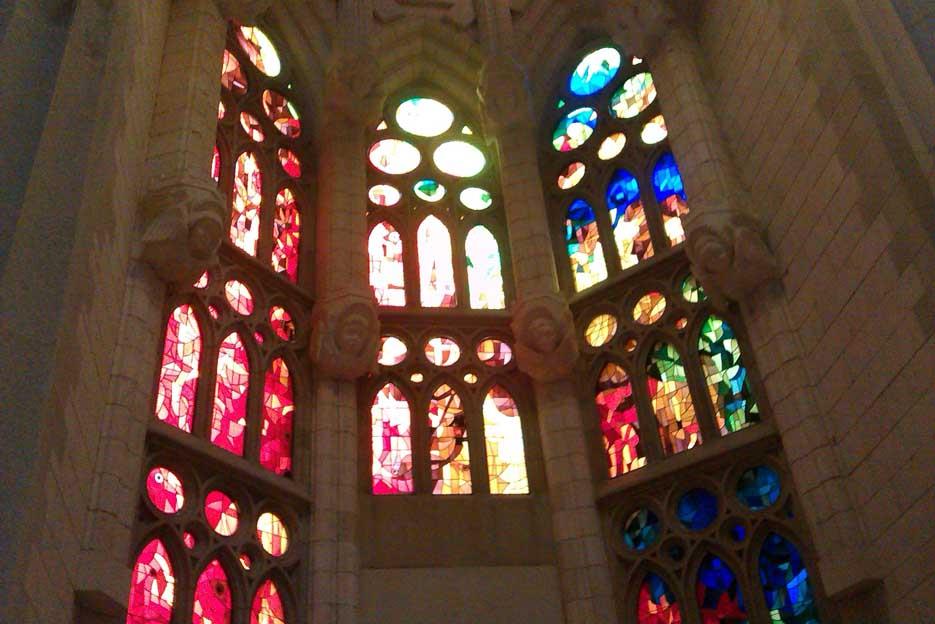
A walk down a busy street
The next morning I did what any self-respecting holiday goer would do... stuff himself with a hearty breakfast before embarking into the city wide jungle. I travelled to La Ramblas, a pulsing touristic heart of the city filled with shops, restaurants and a few other interesting tit-bits just a few blocks from a number of Barcelona's historic sites. This street, I have to say, reminded me of Prague, or perhaps Paris. In typical European fashion, old meets new, with a few gothic structures mashed in with more modern apartment complexes. I had some time to kill before meeting the group for a walking tour around the gothic quarter.
A local market was first to catch my eye, filled with fresh food, quick eateries and freshly squeezed iced fruit juice on every corner stall, one cannot pass without tasting some of the local foodstuffs, particularly when it comes to the vast selections of hams and cheeses on offer.
I then discovered a free exhibit which, I must say, was rather confusing. There were giants, dragons and giant turtles on display, however no English translations. A large number of school children and locals were present. It turns out that I had arrived amidst a yearly festival, which would later see these giants and mythical creatures parade around the city, similar to religious statues and people in traditional dress in Maltese feasts. The festival, called La Merce, incorporates some of the largest street parties featuring local talent, orchestras, art displays and numerous other events all around the city over a 5-day period. What a perfect, and lucky, time to arrive in such a lively and upbeat city.
Meeting my friends at Café Zurich, at the top of La Rambla, we headed in search of the elusive travellers bar, our meeting point for the walking tour. An interesting observation is the link between other European city names used for streets cafes and bars all throughout Barcelona, truly making it a European, multi-national city. Our tour began with a square in the gothic quarter, which was bombed during the Spanish civil war in the 1930s.
The bomb had demolished parts of the buildings, one of which was then used as a orphanage, resulting in a great loss of life. Our tour guide, Krissy (who moved to Barcelona from Greece five six years ago) explained that Barcelona offered heavy resistance to the fascist regime under Francisco Franco. Following Spain's democratic turn in the 1970s, a law was passed giving amnesty to any atrocities committed under the previous dictatorship, and thus very few memorials were constructed at to remember that period of Spanish history. Now, the Placa de Sant Felip Neri houses a primary school, which serves as an interesting memorial to the tragedy that once befell this part of the city. Shrapnel marks along the walls from the blast are still visible to this day.
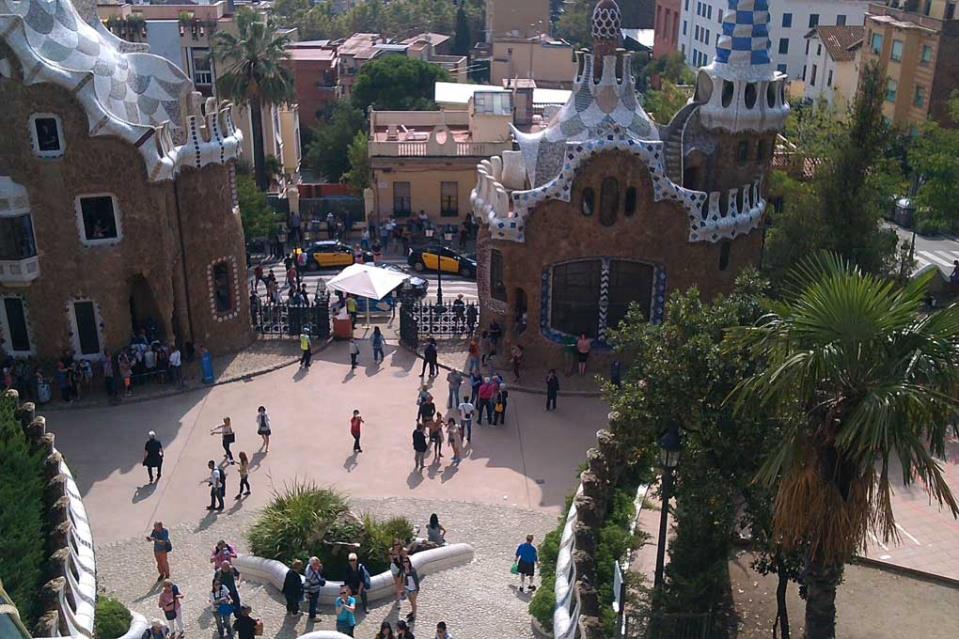
13 geese
Walking towards Barcelona's Cathedral of the Holy Cross and Saint Eulalia, not to be confused with Gaudi's under-construction masterpiece 'Sagrada Familia', is the city's religious centre. The Cathedral was originally much smaller, however extra layers were eventually added to help the building rise up in the city's sky-line. The Cathedral's interior is an ode to Baroque architecture and consists of alters dedicated to Spanish saints.
The cathedral is dedicated to Eulalia of Barcelona, co-patron saint of Barcelona, a young girl who suffered martyrdom during Roman times in the city. The body of Saint Eulalia is entombed in the cathedral's crypt.
Similar to St John's Co-Cathedral in Valletta, visitors must pay to go in, however during certain hours of the day entrance is free. The Church offers certain areas for prayer, where photos are not allowed. Towards the back, a cloister encloses the well of geese, where 13 geese are kept in a garden. These symbolise the 13 years of Eulalia's short life before she was martyred.
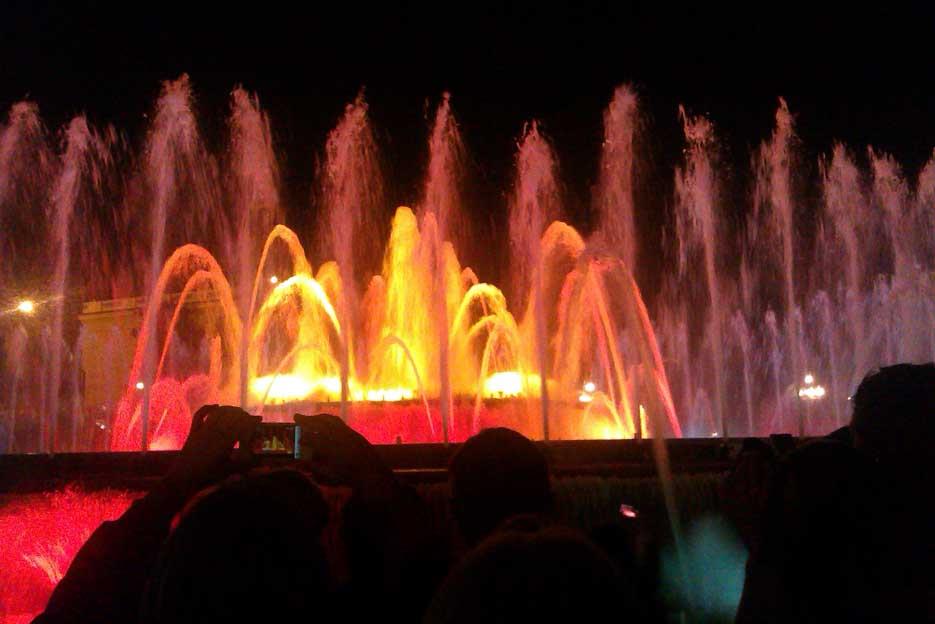
Our next stop was Place del Rei, translated into King's Square, that was constructed in the 14th century. A true symbol of Barcelona's medieval architecture representing its vast history. The square is surrounded by uniquely constructed buildings, within a very peaceful part of this bustling city. A gem from the outside, the real treasure trove lies beneath its cobblestone path... unearth ruins from the roman town that once stood high atop the area.
The roman ruins of Barcino, included those of dwellings, a winery, public bathing areas and other structures. A number of well preserved artefacts including those of statuettes in the likeness of citizens that once inhabited Barcino are all present. The underground ruins are four storey below ground, however be warned, translations from Catalan to English are not consistent, so purchasing an audio guide is highly recommended.
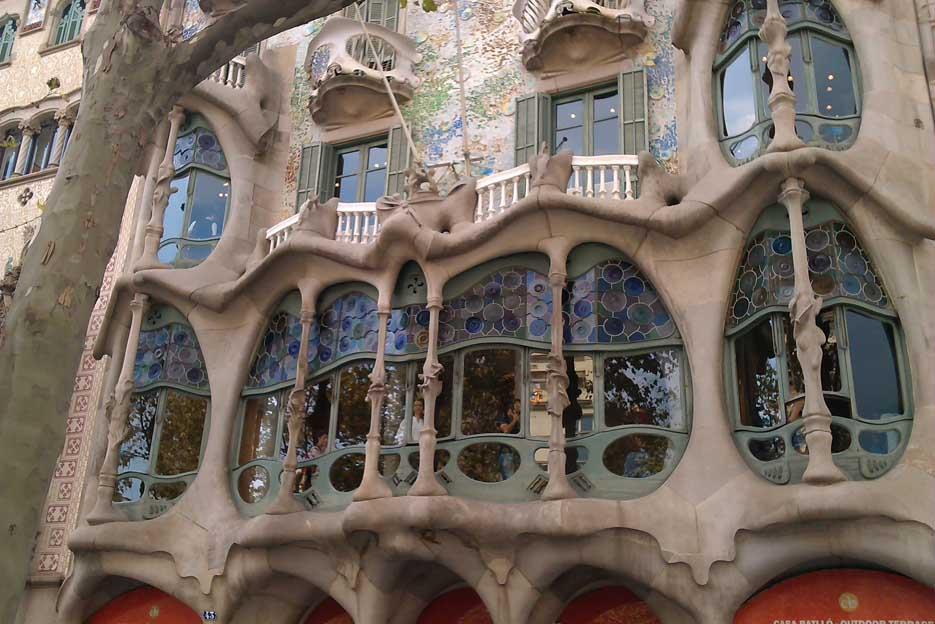
The extravagance of Antoni Gaudi
A day later, we began our adventure into the world of Antoni Gaudi, a famous Spanish architect who designed numerous wonders around Barcelona. One in particular, still under construction, is the Sagrada Famiglia. Don't let the fact that this Basilica is not yet fully built sway you. The interior is complete and will not change. With the entrance price rising every two months, venturing to this magnificent man-made masterpiece is a must for all travellers in the region.
Already taking its place as one of the tallest buildings in the city, the site attempts to break the traditional neo-gothic church façade's found throughout the city and go straight for the extravagant over the top feel, to shock, awe and leave speechless all those who venture to this one of a kind monument. Jaw dropping stained-glass windows line the interior, with trips up two of the already constructed towers already available.
Another of Gaudi's treasured architectural achievements is Park Guell. Originally supposed to be a housing space for Barcelona's rich and wealthy, the project was cancelled before reaching completion, due to infrastructural reasons at the time.
The park features typical Gaudi extravagance, complete with picturesque archways, a few Gaudi-esque structures, all surrounded by trees and nature overlooking the Barcelona sprawl.
The magic fountain of Montjuïc is a spectacular fountain show complete with lights, music and camera flashes as far as the eye can see. The spectacle begins with some traditional Barcelonian music and quickly bursts into modern tunes, with an eye-catching water display.
Taking place at around 9 pm each night, the square and surrounding streets quickly clutter as mobs of tourists descend on the area, however an open space is always to be found. Little neon light self-propelled toys bought from hawkers are thrown up high into the air by on-lookers, making for a truly unique and unified experience.
Nightlife
Barcelona's nightlife is nothing to joke about. A city open late by nature, nightclubs don't open their doors until midnight, and as per European standard, most tend to focus on electronic sounds, however salsa clubs and a few hip hop undergrounds are all available. Unlike Malta, these night-life hotspots are spread throughout the city, and not centrally located around a single area.
If clubbing is not on the agenda, then perhaps a chilled drink at one of the many bars found on every street corner, or a late bite. Barcelona boasts cuisine from all around the world including Taiwanese, Indian, Vietnamese, European and many more.
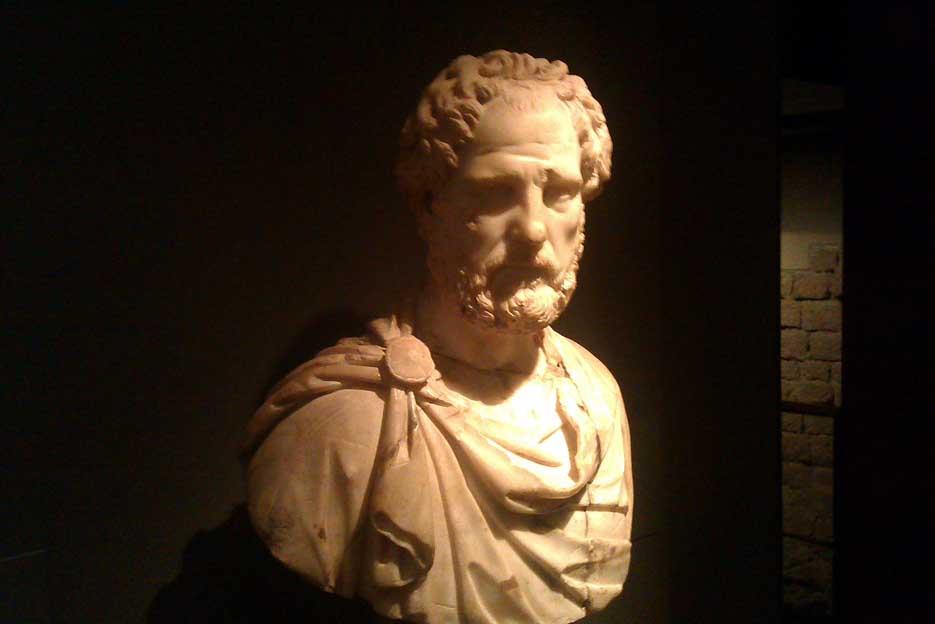
Art and Barcelona
An art haven, Barcelona houses exhibitions by three of the world's famous painters, including Picasso and Dali. However, what truly makes this city shine, is the back-alley exhibitions and street art present on every store shutter in the city. This fad is so popular that some store owners actually pay graffiti artists to paint their shutters.
This isn't solely restricted to Barcelona's tourist districts, however street art can be seen in the most local of back alleyways.
Barcelona is truly an international city, with friendly locals, English being a spoken language by a large portion of the locals and entertainment round every corner. A highly historic city where art, politics and history converge.